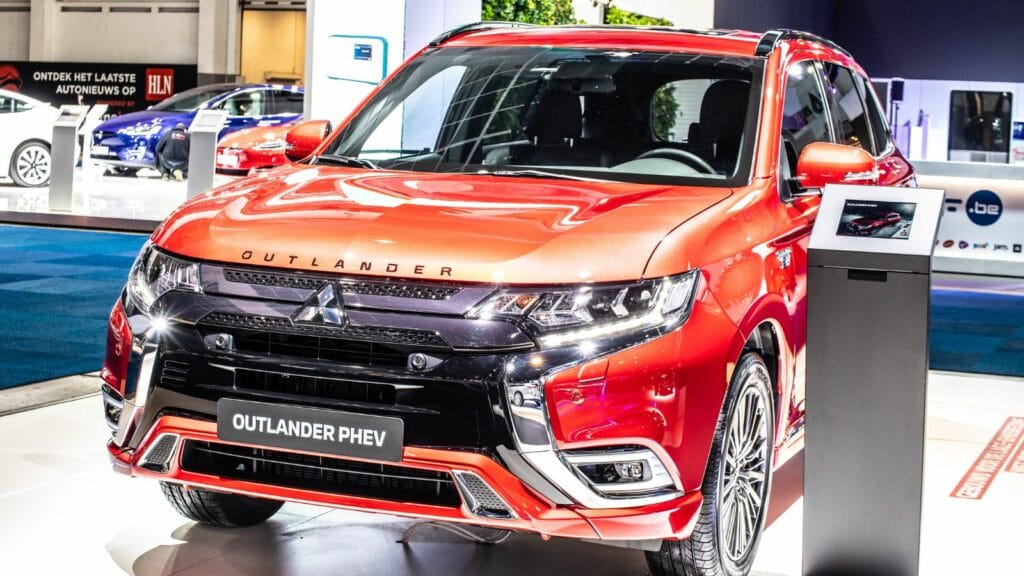Parts shortages caused by the tariffs are wreaking havoc on maintenance and reliability across a broad swath of vehicles. From European luxury to Asian compacts and North American mainstays, many cars are suffering not because of poor engineering but because parts simply aren’t getting where they need to go. Welcome to the era of parts purgatory. Here are 23 cars whose reliability is being impacted by parts shortages resulting from global trade tensions and tariff chaos.
BMW 3 Series
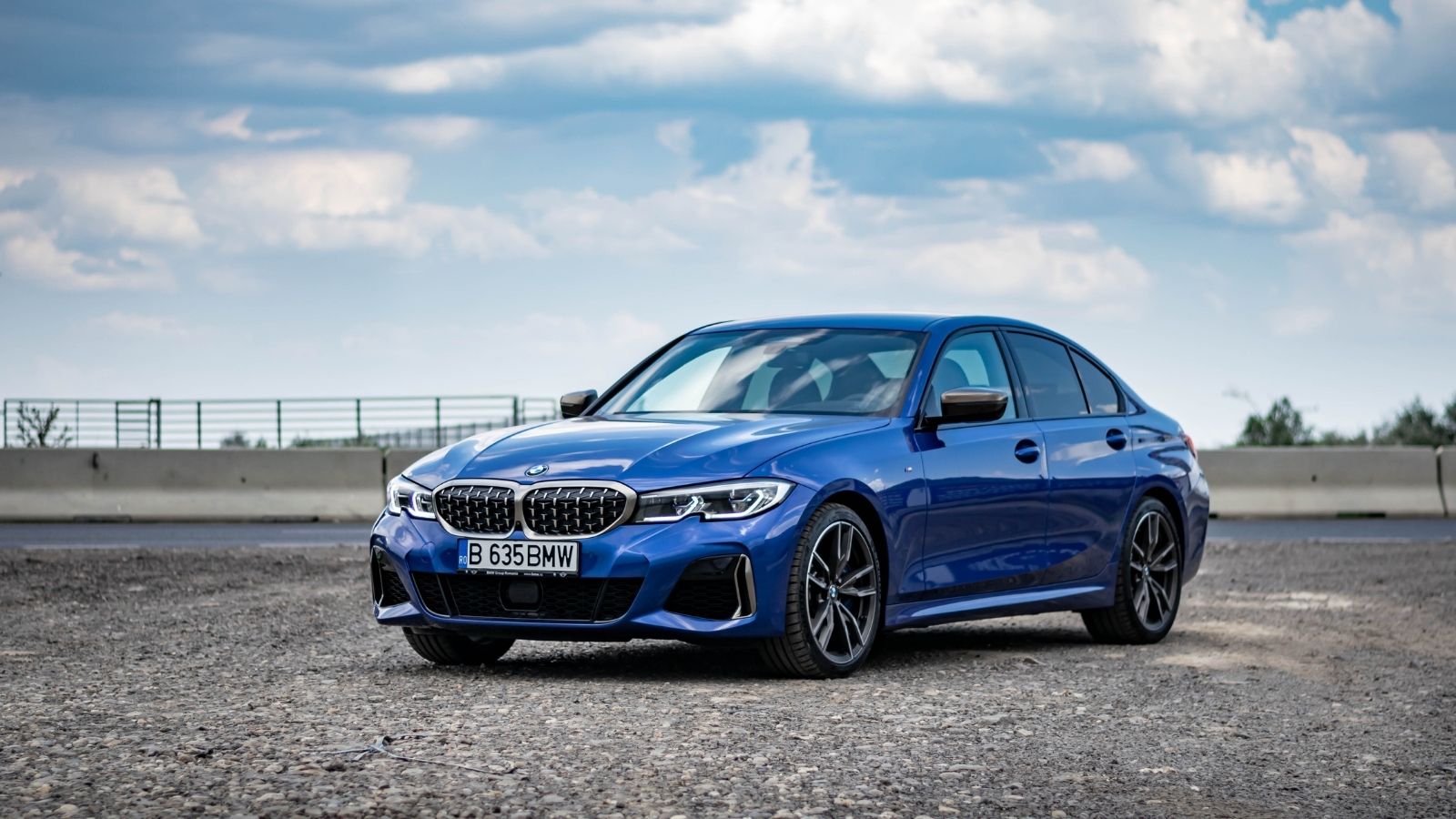
The BMW 3 Series has long been a symbol of sporty luxury and German engineering. However, with tariff-related delays affecting electronics and drivetrain components—many of which are sourced from multiple EU partners—owners are reporting longer service downtimes. Financially, BMW attributed a roughly 1% decline in its automotive margin to tariff pressures, reducing its 2025 margin forecast from ~7.3% to 5–7%. Collectively, these disruptions have resulted in longer wait times for parts, more expensive repairs, and a growing concern over the 3 Series’ reliability.
Toyota RAV4
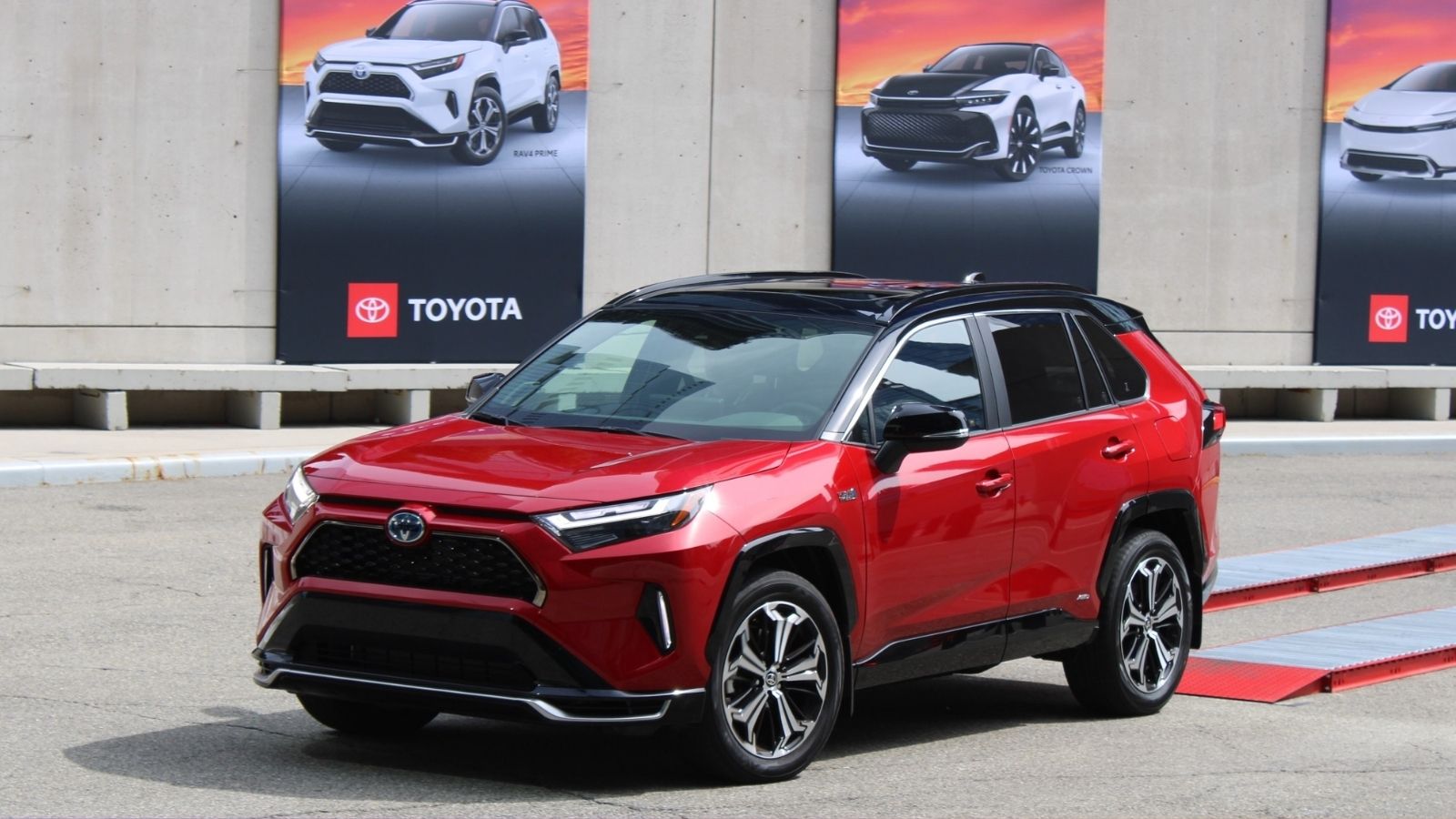
Toyota’s best-selling SUV is not immune to this trend. Toyota hybrid models, including the RAV4 Hybrid, are facing significant component delays—such as inverters and magnets—with delivery backlogs up to nine months in some markets. These shortages not only delay fixes but also undermine the vehicle’s perceived reliability and resale value, as consumers endure extended downtime and higher maintenance bills. Toyota is exploring the domestic production of the RAV4 in the U.S. to sidestep tariffs, potentially starting in 2027 at its Kentucky plant.
Ford F-150
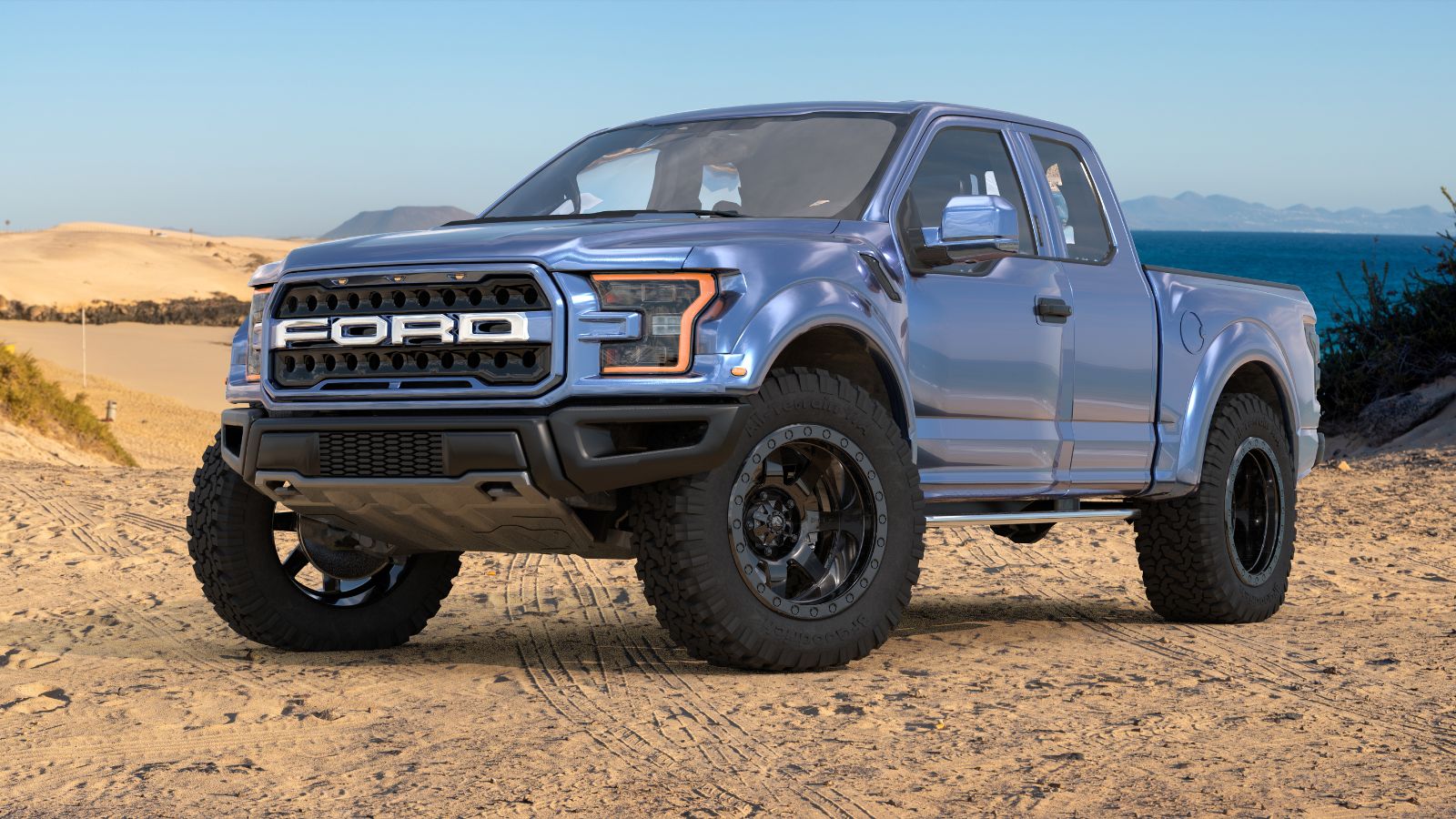
Canada’s top-selling truck is feeling the heat. Recently, renewed parts tariffs imposed in the spring of 2025 raised concerns: although the F-150 is assembled in the U.S., over half of its parts originate abroad. Analysts warned that tariffs could add roughly $400 to the cost of each truck, threatening both affordability and supplier stability. Meanwhile, Ford CEO Jim Farley acknowledged that global sourcing—especially for wiring looms and bolts—limits the ability to quickly reshore production, despite long-term tariff strategies aimed at bringing production back to the United States. Repairs are slower, and tech glitches are more common.
Honda CR-V
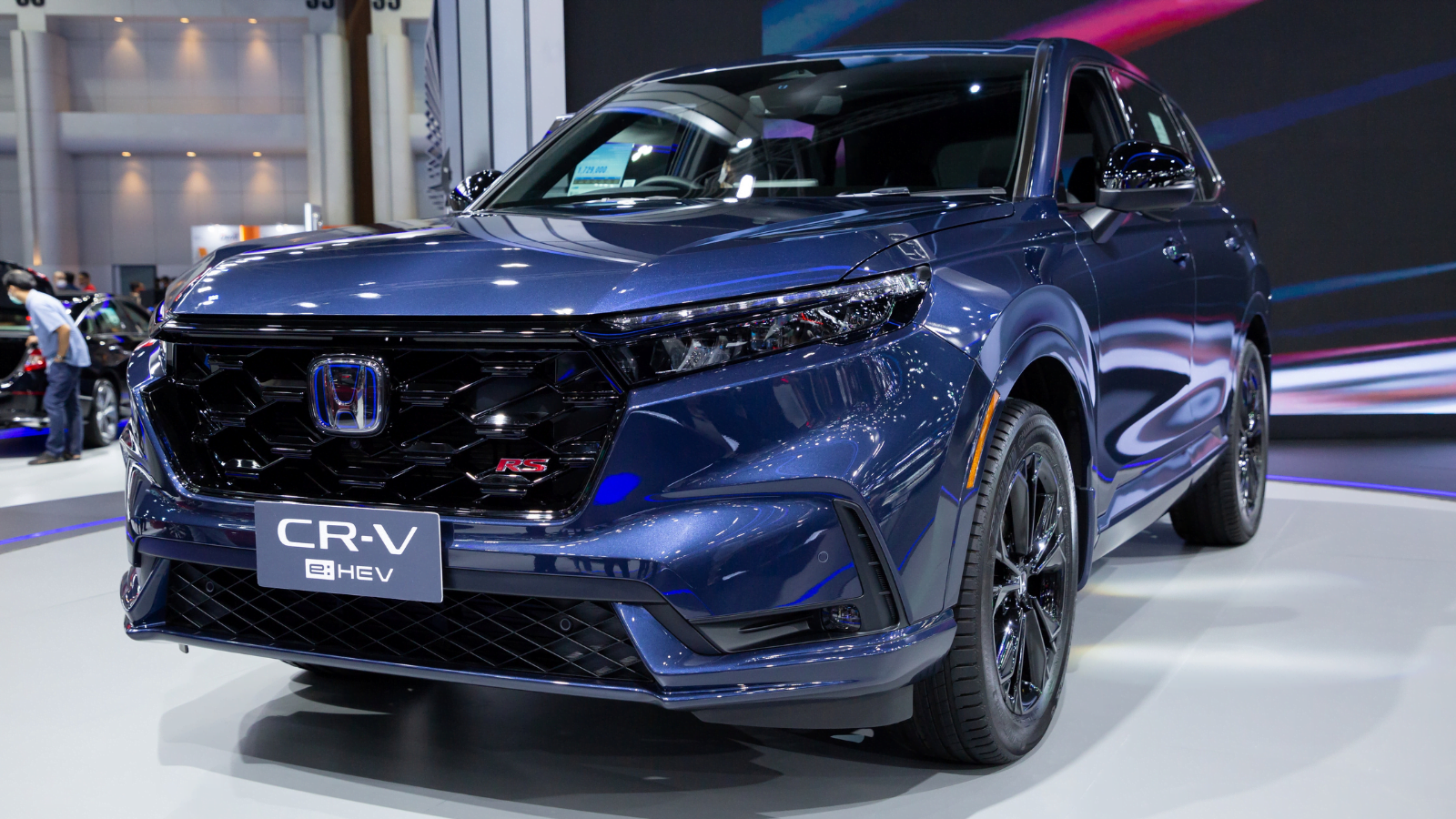
Once the gold standard of reliability, the CR-V is now experiencing delays in obtaining basic maintenance parts, such as oxygen sensors and HVAC actuators, particularly for the hybrid variant. Blame it on the U.S.-China trade tension affecting supplier timelines. Analysts warn that such tariffs could raise costs for models like the CR-V by several thousand dollars, thereby squeezing dealer inventories and slowing the availability of repair parts. As a result, owners are experiencing longer wait times for both routine maintenance and recall repairs, raising concerns about the CR‑V’s short-term dependability.
Mercedes-Benz C-Class
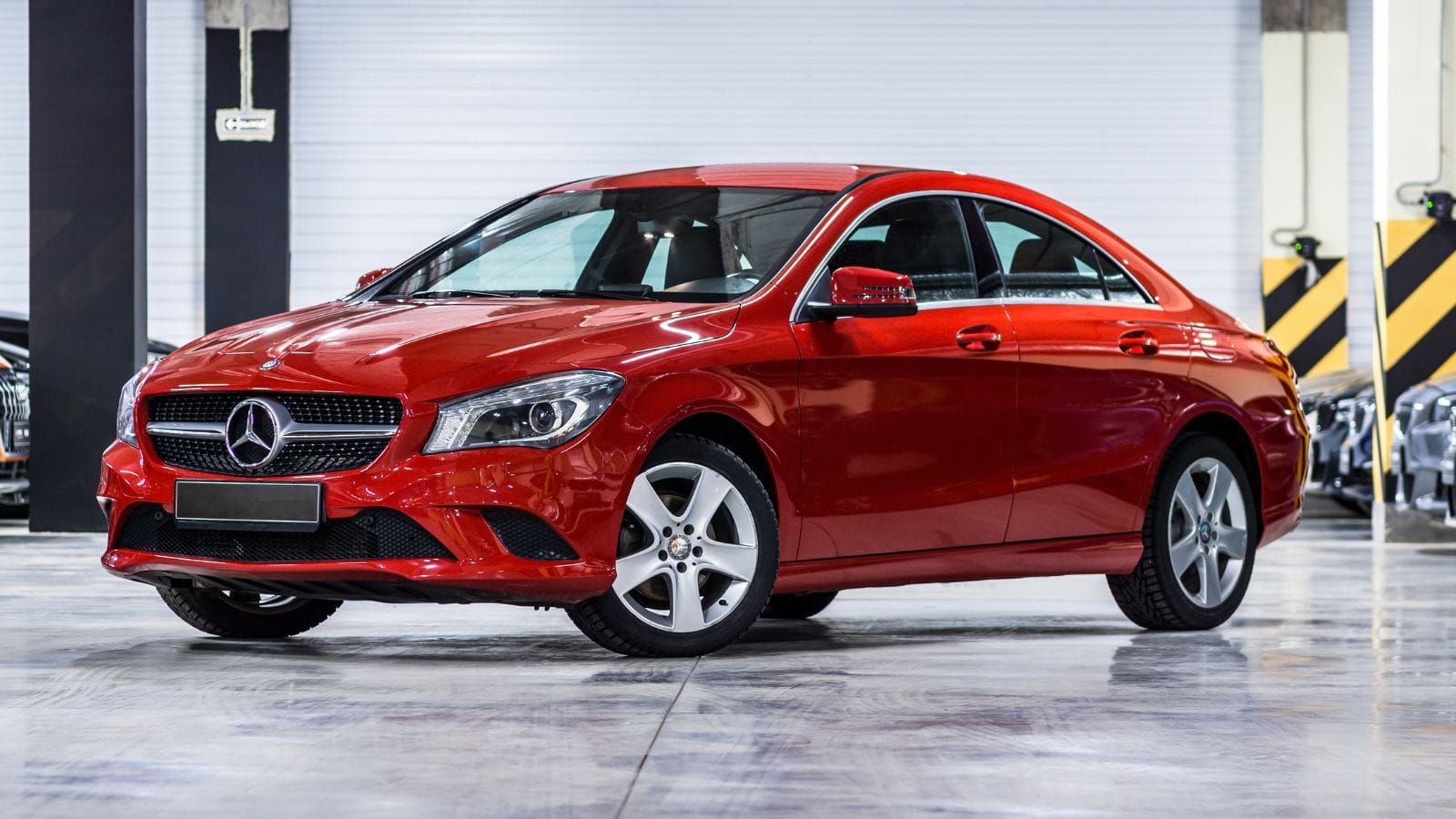
Mercedes-Benz’s C-Class reliability has recently taken a hit due to parts shortages resulting from U.S. tariffs on imported car components. In response to President Trump’s 25 % levy on foreign-made vehicles and parts—imposed April 2, 2025—Mercedes has faced disruptions in its just-in-time supply chain for electronics, interior components, and engines. These shortages have led to increased service delays and rising maintenance costs for C‑Class owners, eroding the model’s dependability.
Subaru Outback
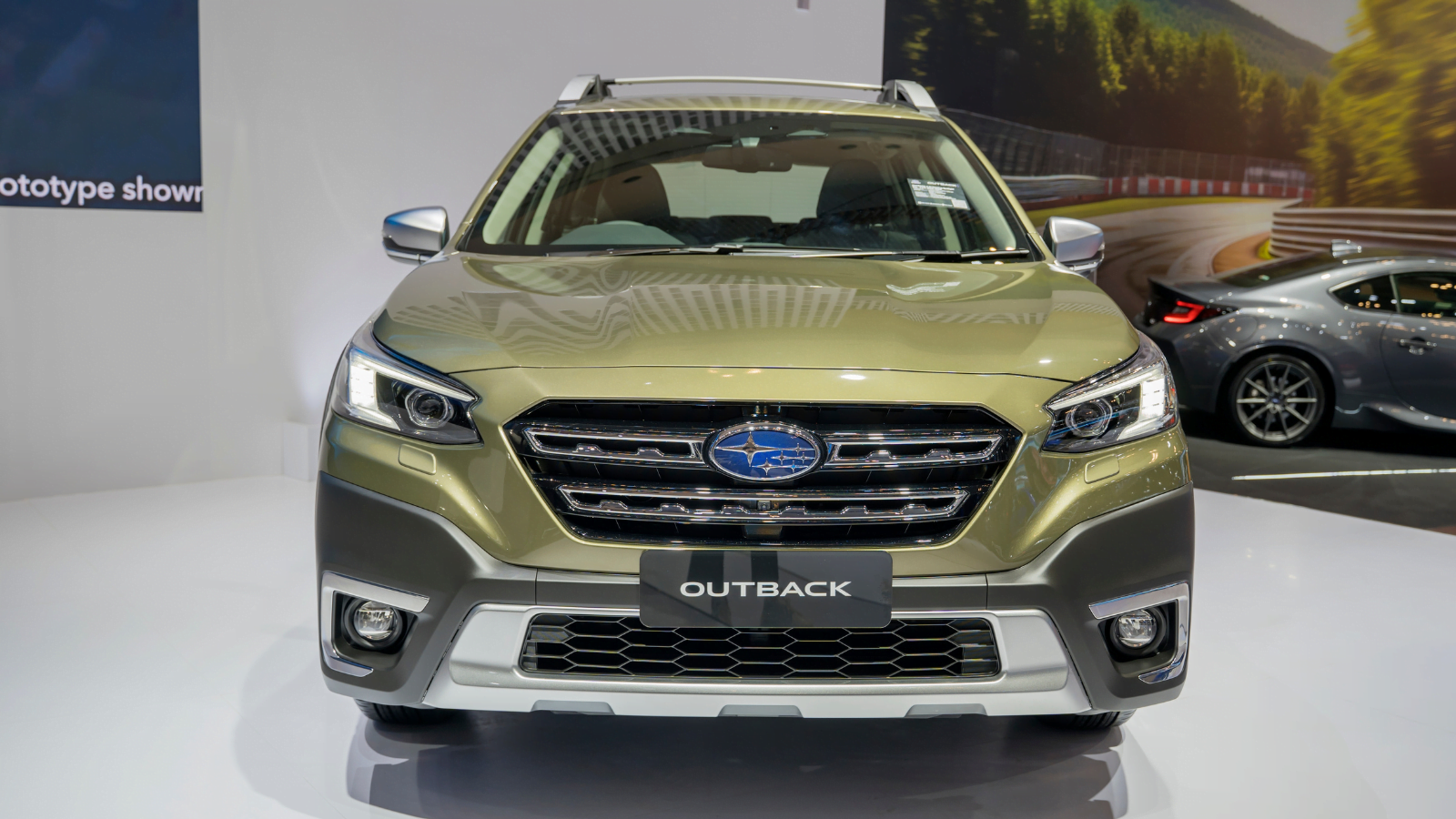
Beloved by adventurers and snow lovers, the Outback has hit a rough patch. Shortages in CVT (Continuously Variable Transmission) components and suspension parts are making repairs more costly and time-consuming. Cox Automotive estimates overall vehicle costs could rise by 10–15%, with service backlog intensifying reliability woes. In summary, tariff-driven parts scarcity is rendering Subaru Outbacks less dependable, with increased repair expenses and longer wait times affecting owners. Additionally, Canadian owners are particularly affected due to the limited number of distribution centers.
Chevrolet Silverado
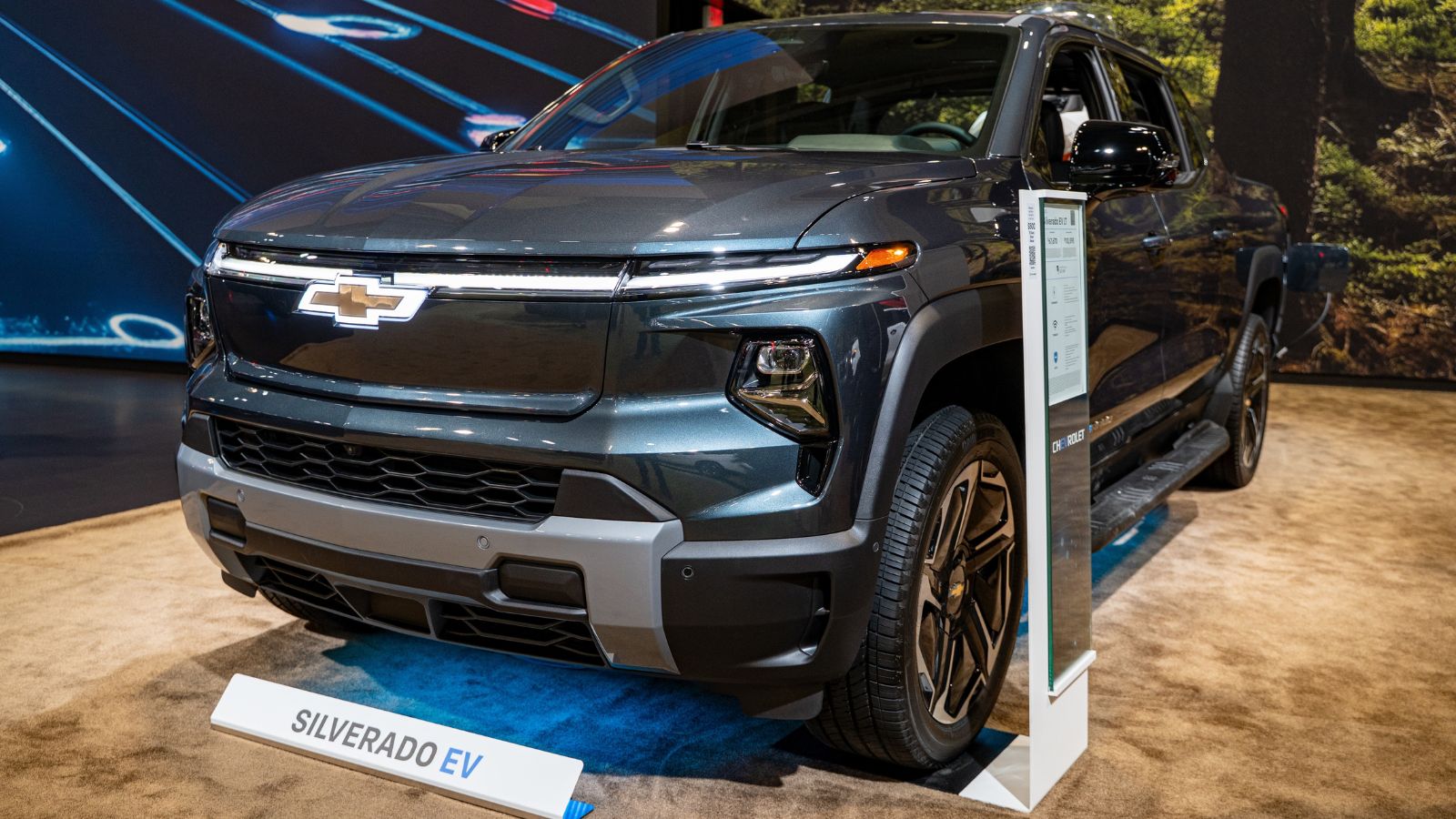
GM’s Silverado is another vehicle affected by shortages in semiconductors, sensors, and even basic replacement parts, such as mirrors and taillights. A 25% tariff on imports from Canada, Mexico (and potentially the EU) was reinstated in March 2025, affecting both vehicles and parts. Analysts warn this could add thousands to vehicle costs, disrupt production, and shrink profit margins. General Motors has shifted inventory and increased U.S. output at Fort Wayne to mitigate the effects, but entirely relocating supply chains could take years.
Volkswagen Tiguan
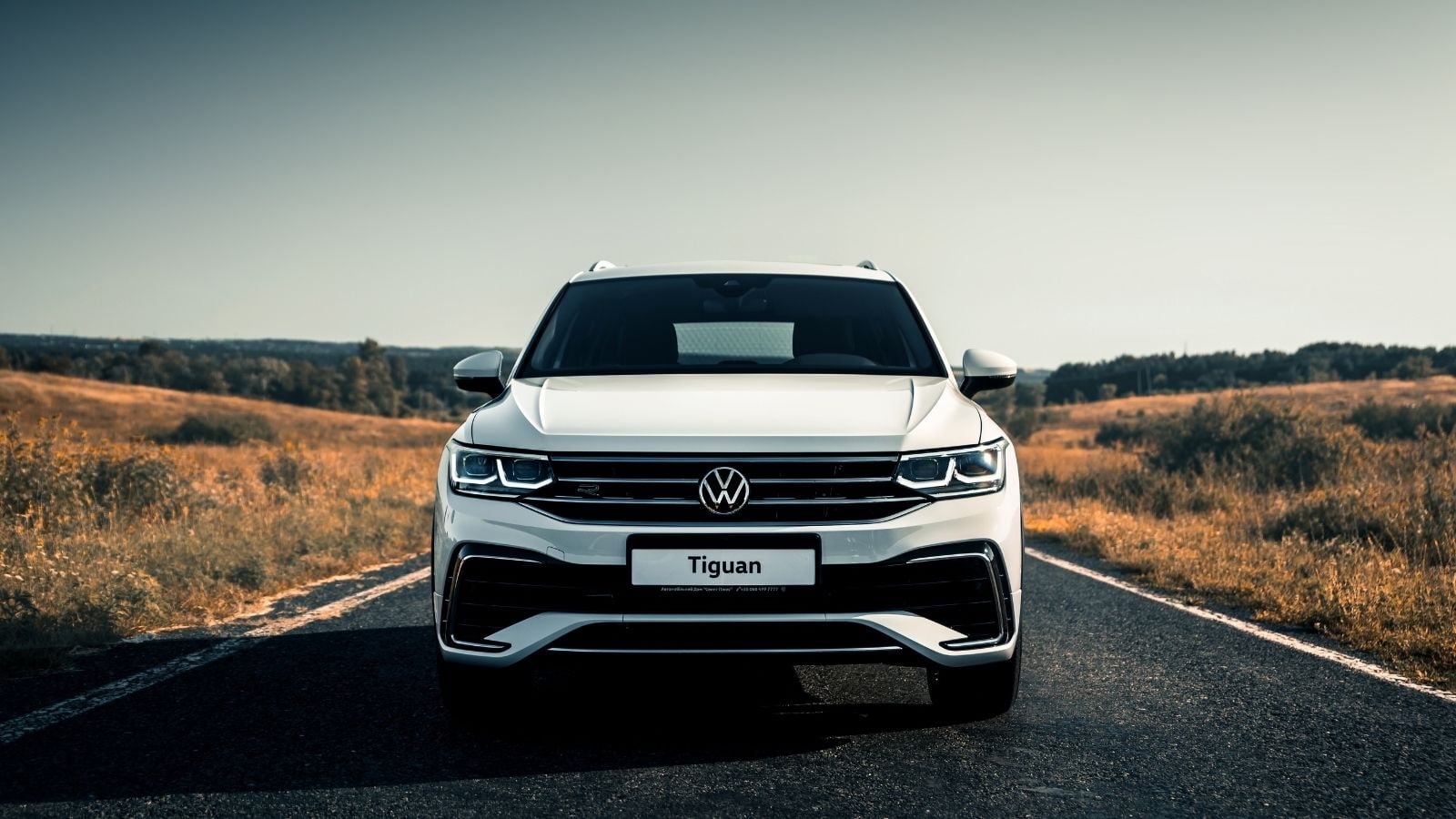
The Tiguan is feeling the squeeze due to delayed parts, such as fuel injectors and climate control modules, many of which are sourced from European factories under pressure from tariffs. Volkswagen initially absorbed rising costs, temporarily freezing new-car prices through May 2025, but warned that this model is unsustainable. Analysts calculate that a $35,000 Tiguan now carries approximately $8,750 in added tariff costs, a burden shared by the automaker, dealer, and consumer. The result: delayed availability of replacement parts, stretched service wait times, and growing consumer concern over long-term reliability and maintenance costs as supply chain bottlenecks persist.
Nissan Rogue
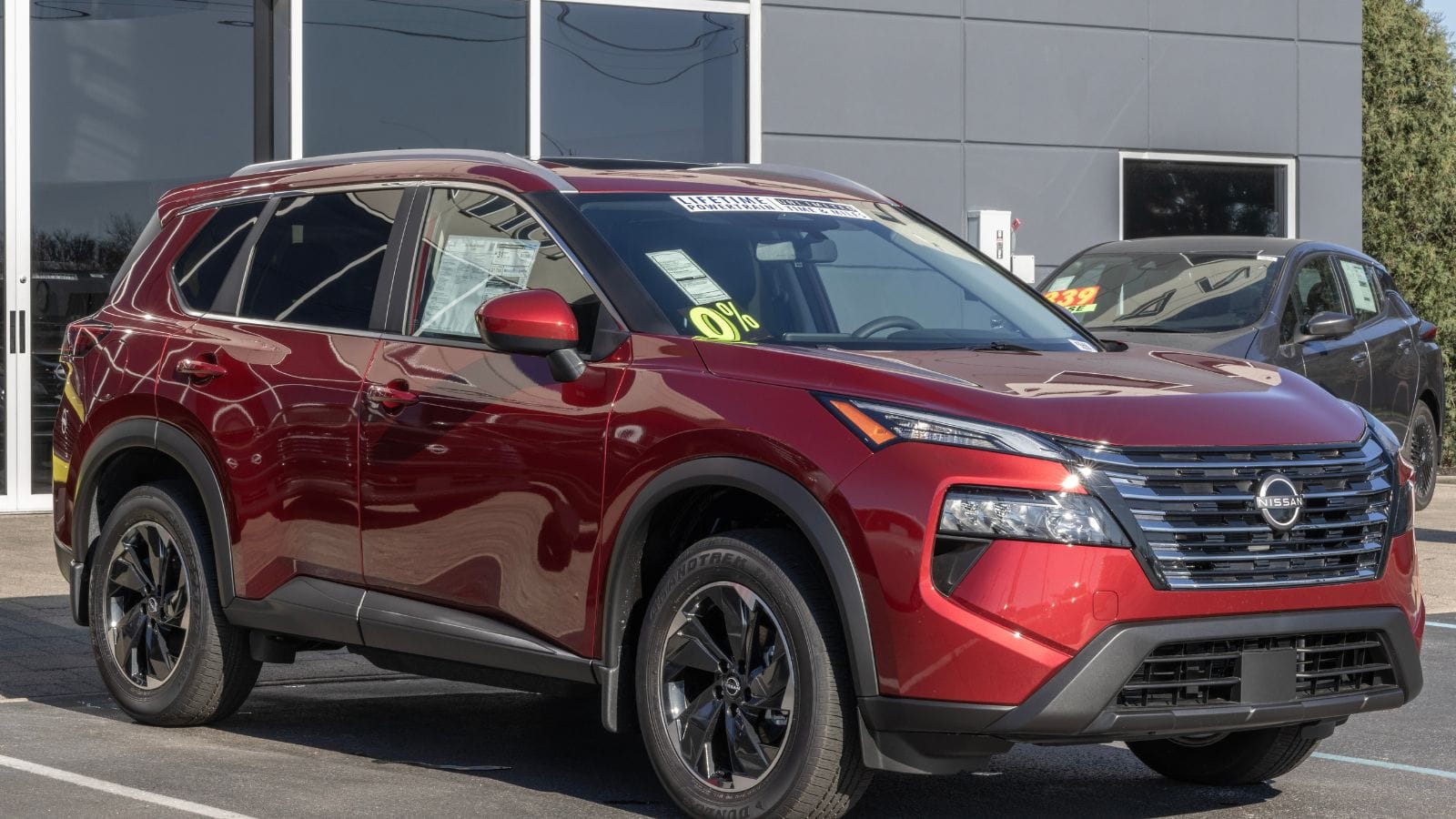
A favorite among Canadian families, the Rogue is experiencing delays in delivering essential parts such as catalytic converters and adaptive safety tech. Additionally, the ongoing dependency on imported components means that repair parts remain expensive and slow to arrive—one owner waited six months for a minor fender-bender repair. Compounding this, a recent recall affecting nearly 443,900 North American Rogues (2021–2024) cites faulty engine bearings that may lead to failure, with repairs scheduled to begin in August 2025. Additionally, owners have reported issues with electrical systems, CVT transmissions, and engine performance in the 2025 model.
Jeep Grand Cherokee
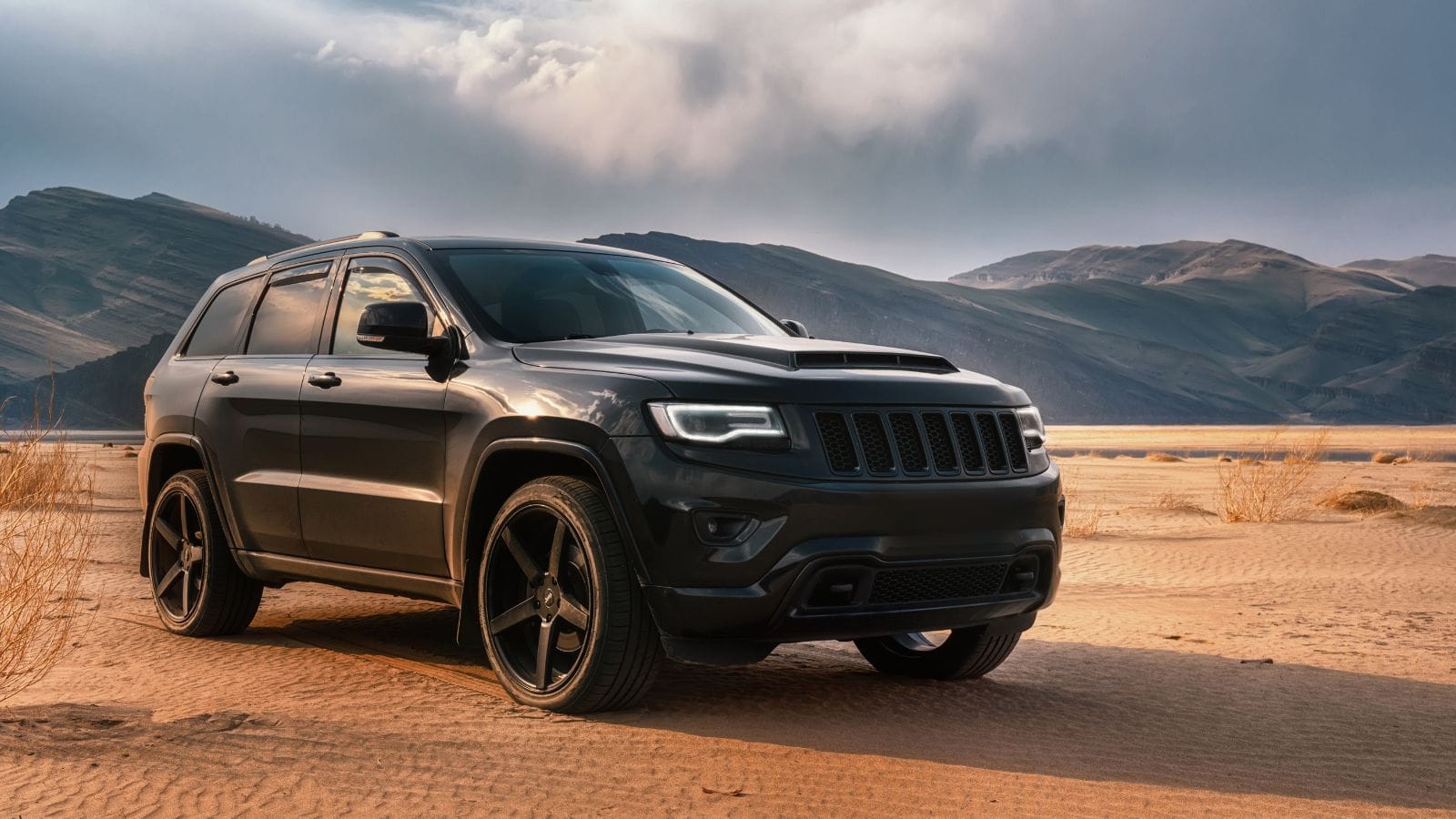
The reliability of recent Jeep Grand Cherokee models has been affected by parts shortages stemming from 2025 tariffs and supplier instability. A 25% import tariff on auto parts, introduced in April 2025, disrupted Jeep’s just-in-time supply chains, causing delays in critical components and forcing Stellantis to pause production in Mexico and Canada temporarily. Additionally, key suppliers like Marelli—responsible for electronics and lighting systems—filed for Chapter 11 bankruptcy on June 11, 2025, citing tariff pressure among other issues, which raises concerns about ongoing parts scarcity.
Hyundai Tucson
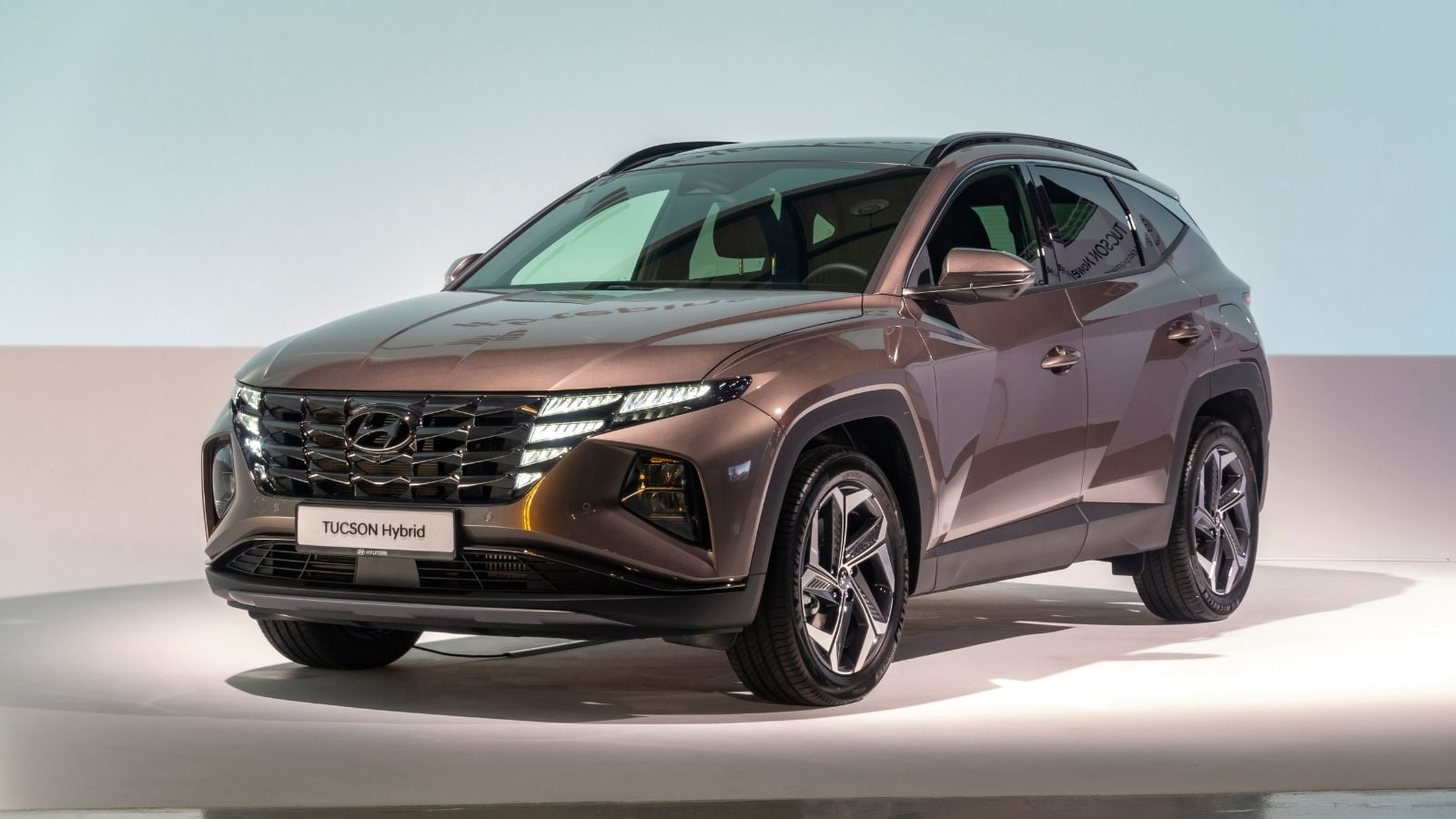
Despite Hyundai’s broad global supply network, the Tucson has been hit by shortages in wiring harnesses and turbo components. Tariff complexities have disrupted even South Korean imports destined for North American markets. Industry analysts suggest consumers may experience extended wait times for service and higher maintenance bills, especially for out-of-warranty vehicles. While Hyundai maintains steady prices through mid-year, it is considering a modest price increase across its lineup to help offset rising input costs.
Kia Sorento
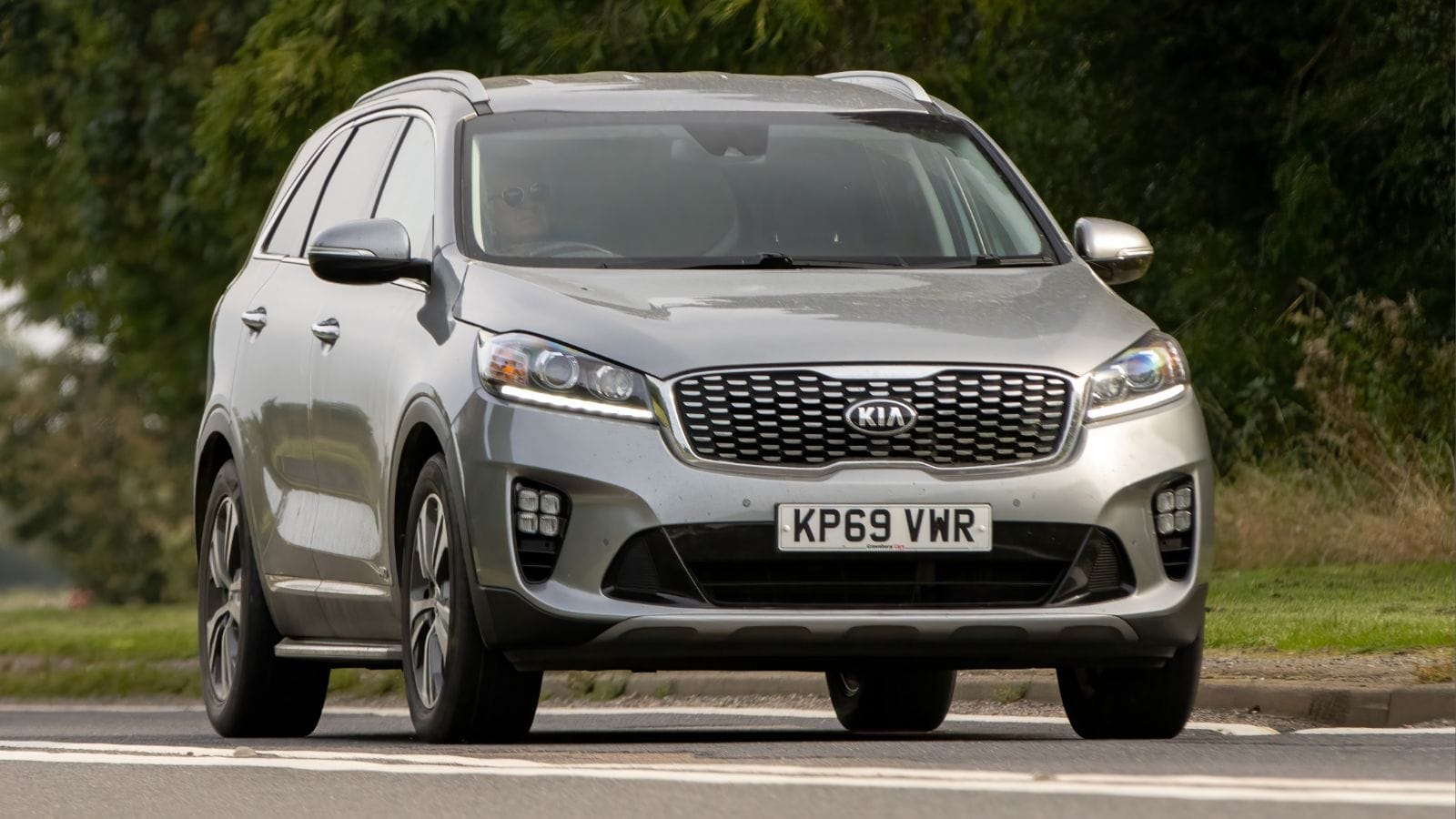
The Sorento, a strong seller in Canada, is suffering delays in securing replacement hybrid components and suspension bushings. While Sorentos are assembled in Kia’s Georgia plant and escape direct vehicle tariffs, about 75% of key components (steering racks, electronics, batteries) are sourced globally. That reliance leaves the model vulnerable: parts cost inflation and intermittent shortages—such as recent steering-rack bottlenecks in GM vehicles—could reverberate. Consumer reviews already cite maintenance issues (“transfer‑case … sparkles of metal”, “balancer, blower fan, mirror fell off”).
Mazda CX-5
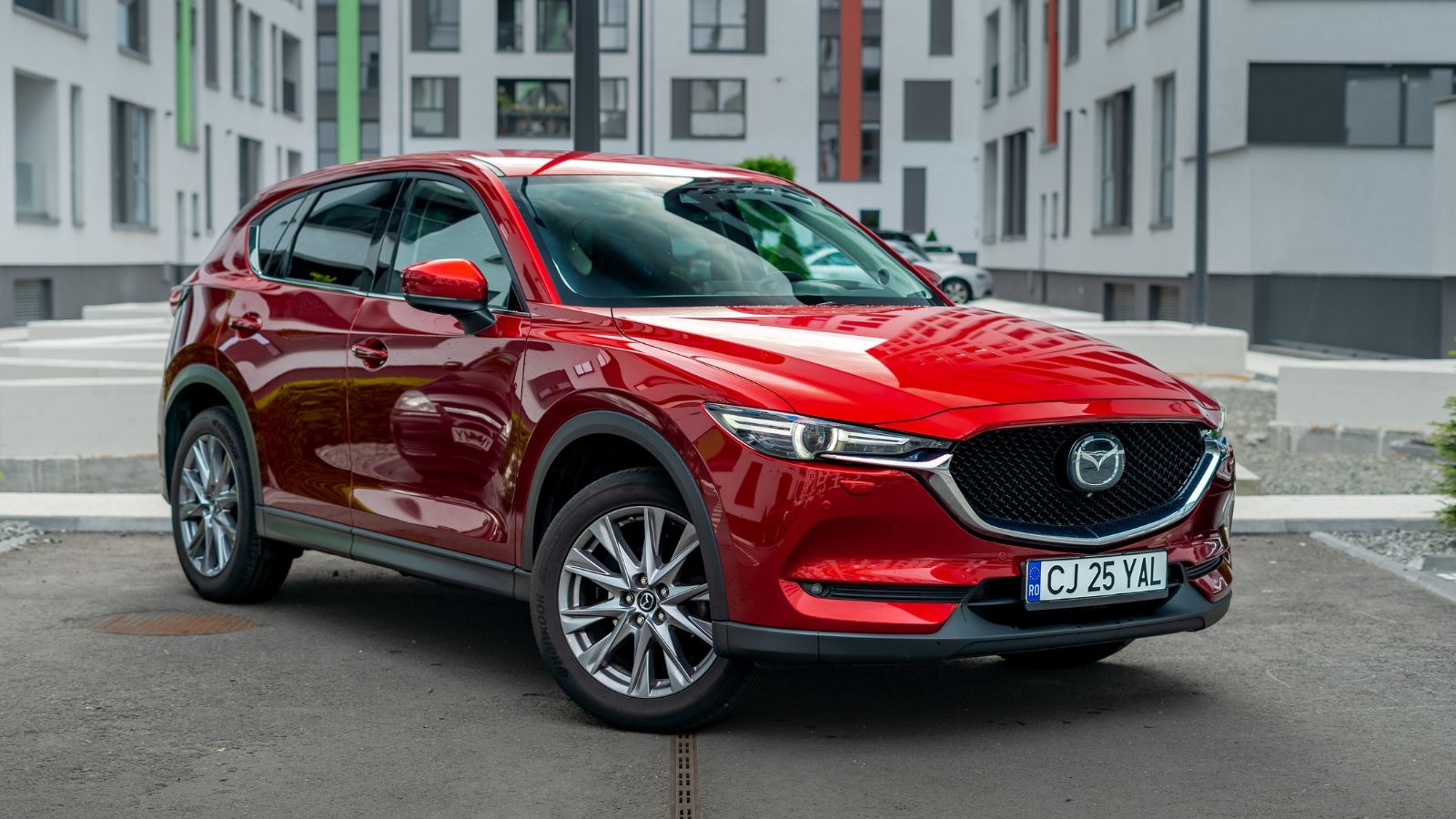
Reliability used to be the CX-5’s bread and butter, but not anymore. With tariffs impacting the shipping of Japanese parts, the famous Zoom-Zoom is a little muted. Mazda has confirmed it “can’t just swallow” these costs, expecting to pass some to consumers, and supply chains for parts like engines and electronics have tightened. Compounding this, a known defect in the 2.5L turbo SkyActiv‑G engine—cracked cylinder heads—has led to coolant leaks and extended repair waits, sometimes several months, due to parts backlogs.
Audi Q5
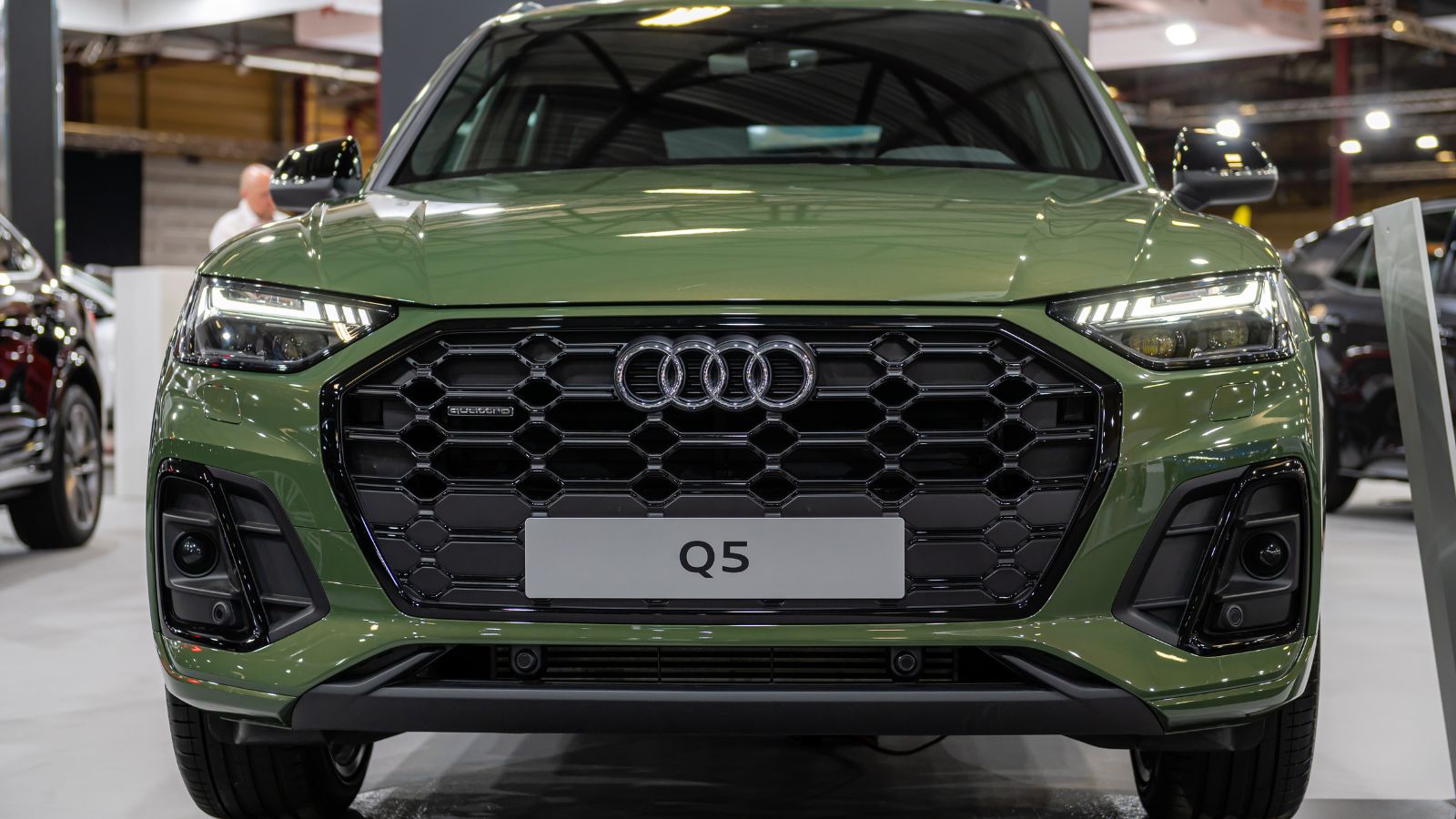
The Q5, built in Audi’s Mexican plant, is hit with layered import duties totaling roughly 52.5%—25% general auto tariffs, another 25% on Mexican-made vehicles, plus 2.5% for USMCA non-compliance. As a result, Audi halted vehicle shipments to U.S. ports after April 2 and is relying on a two-month buffer of existing inventory—approximately 37,000 units, including Q5s. Industry analysts warn that prolonged parts shortages could delay routine maintenance and repairs, thereby undermining the ability of Q5 owners to keep their vehicles in factory condition.
Chrysler Pacifica
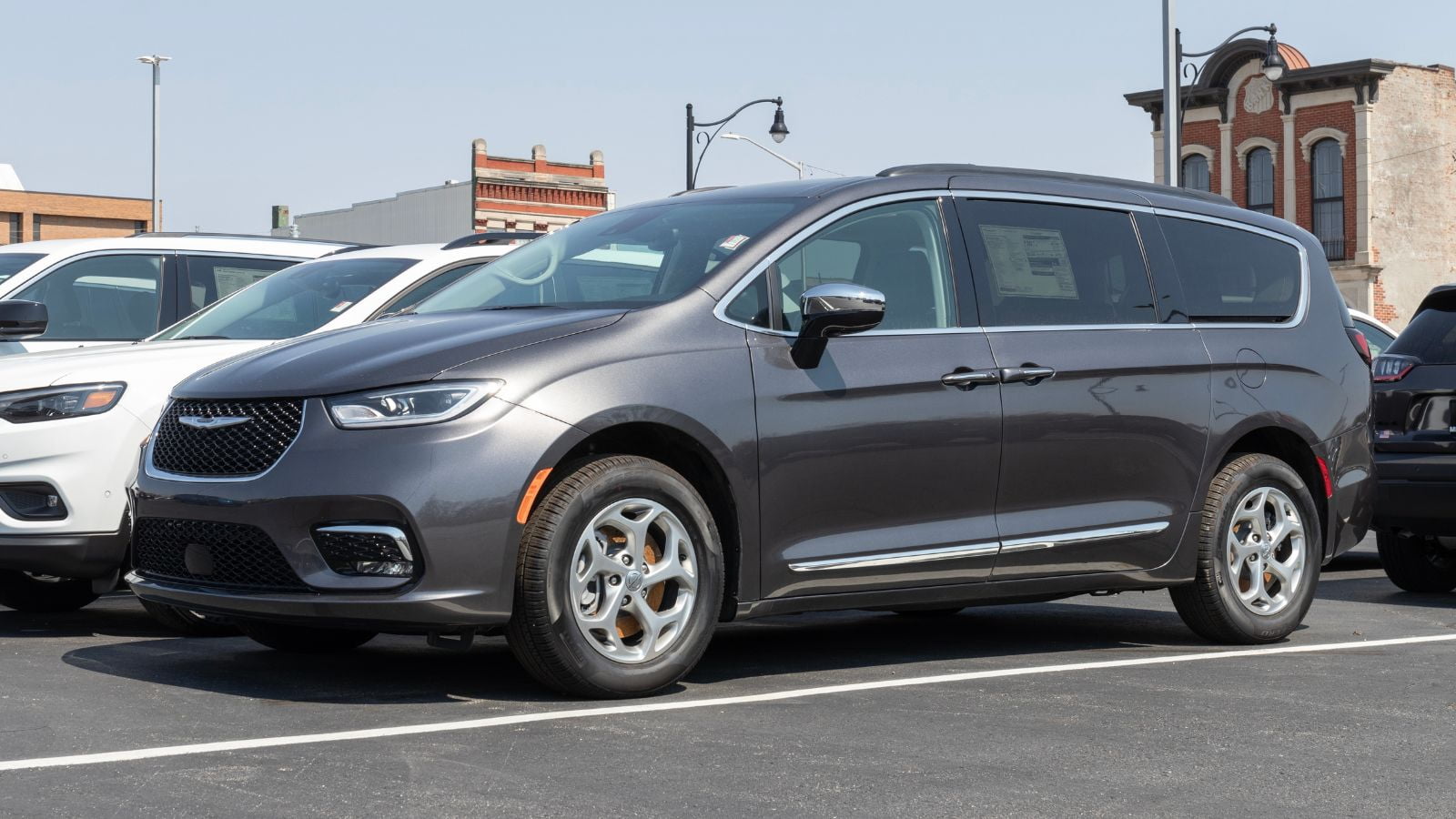
The Pacifica, especially in its hybrid form, relies on a complex array of international parts. And, despite having an above-average baseline reliability—Repair Pal gives the Pacifica a 3.5/5 and Consumer Reports predicts “about average” in 2025—the model has known issues, such as transmission glitches, electrical faults (e.g., cruise-control defects, infotainment quirks), and pricey maintenance ($10,878 over 10 years). Tariff-driven parts shortages are likely to exacerbate delays and repair costs, directly affecting the owner’s experience, even if core reliability remains average, as access to specific parts becomes more limited.
Volvo XC60
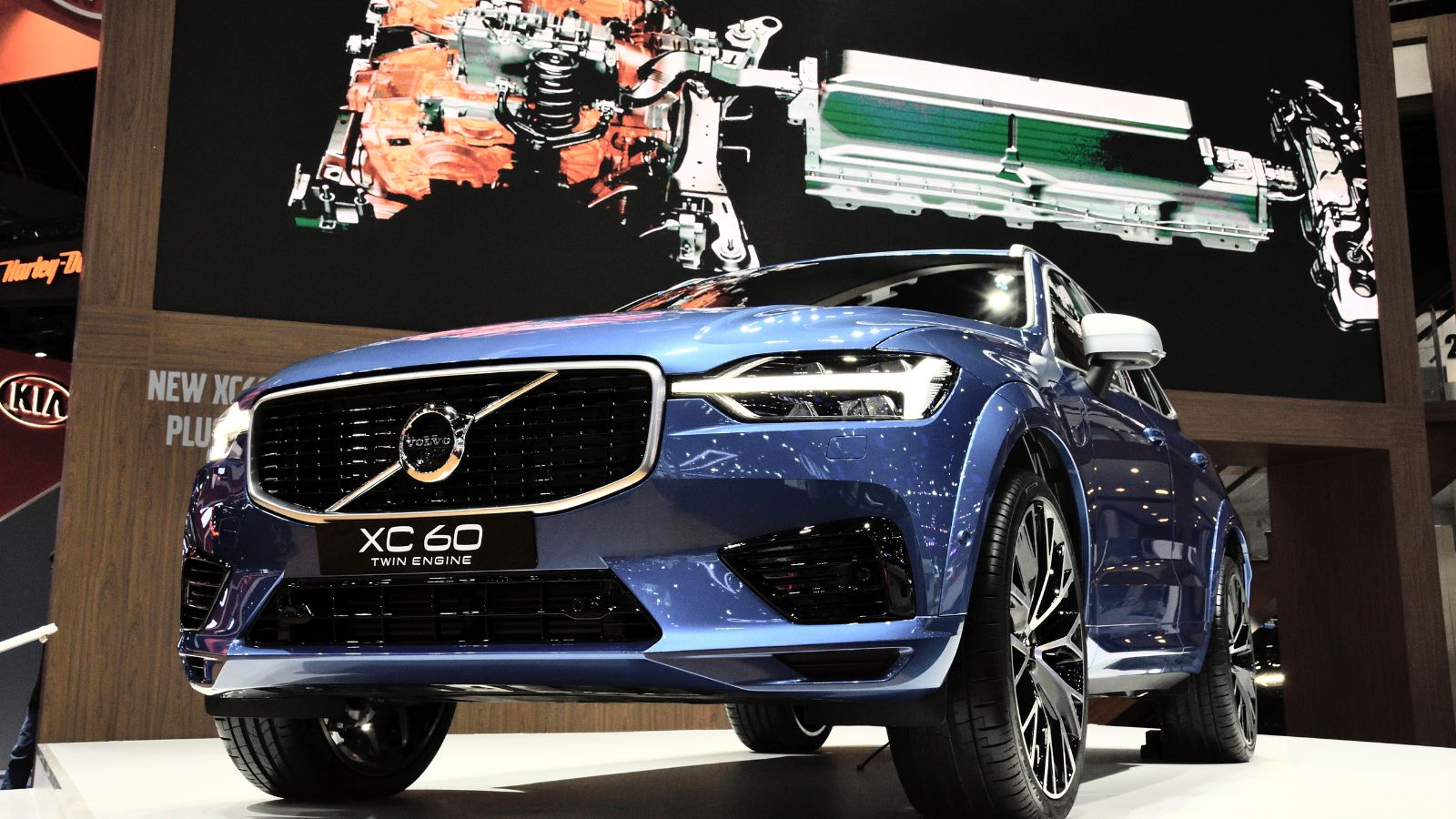
The Swedish XC60 has long been touted for its safety and refinement, but shortages in LiDAR and camera-based safety systems are tarnishing its reputation. Furthermore, S&P Global downgraded Volvo’s credit outlook to “negative,” citing its heavy reliance on imports—only one model is U.S.–built—and high exposure to tariff-driven cost escalation. Analysts estimate tariffs are inflating component costs by around $3,000 per vehicle. Additionally, rising margins have squeezed profitability, prompting Volvo to cut approximately 3,000 white-collar jobs globally and 125 roles at the SC plant.
Acura MDX
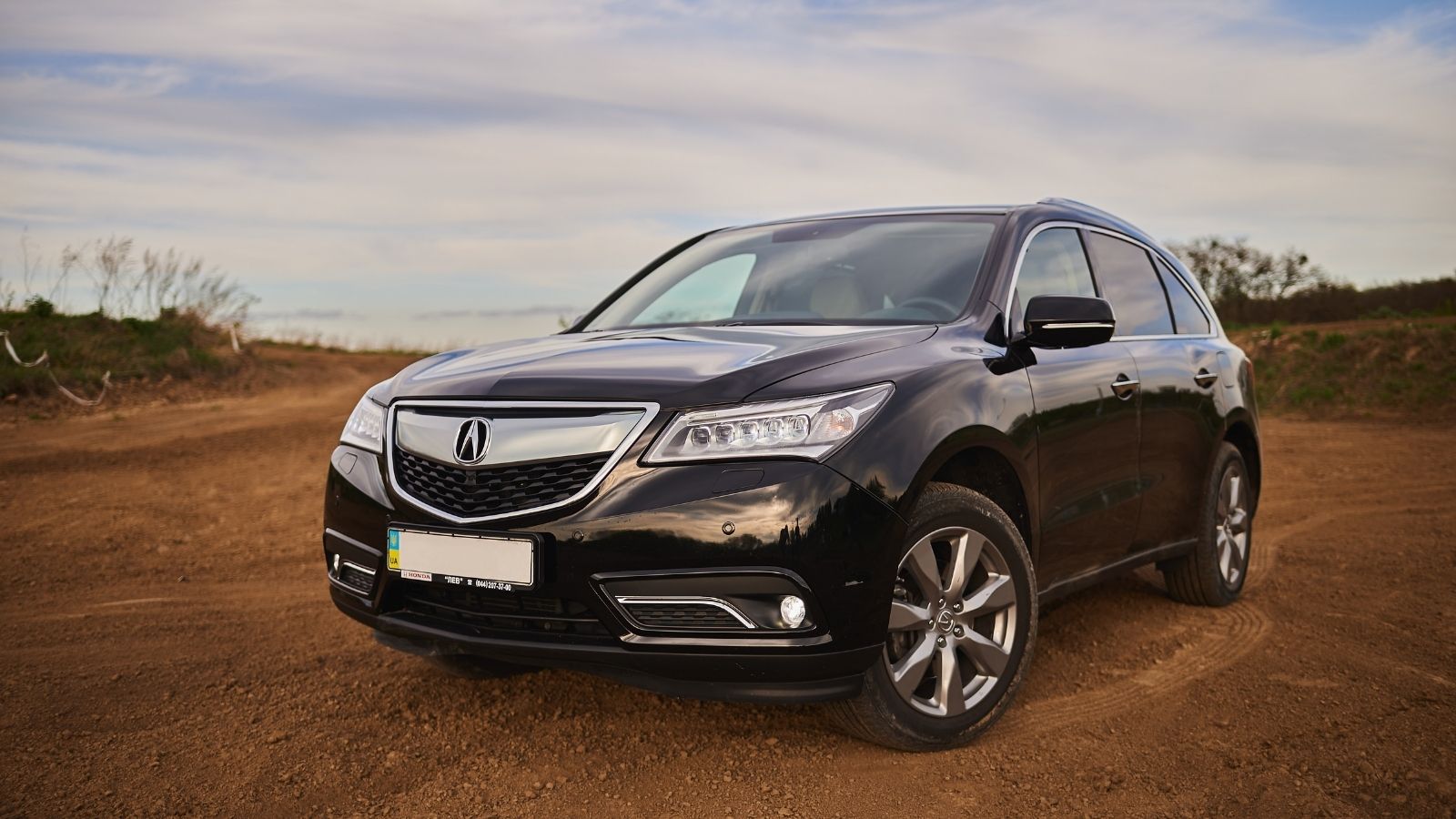
Acura’s flagship SUV is caught in the crossfire, too. The Acura MDX has faced growing reliability concerns tied to U.S. tariffs on imported auto parts. Despite being assembled domestically in Ohio, the MDX relies on approximately 60–70% North American parts content, meaning nearly a third of its parts are imported and may carry a 25% parts tariff. Kelley Blue Book notes that this “parts tariff” took effect on May 3, affecting even U.S.-built vehicles and likely raising costs by 5–15% as manufacturers attempt to offset the fees.
Tesla Model 3
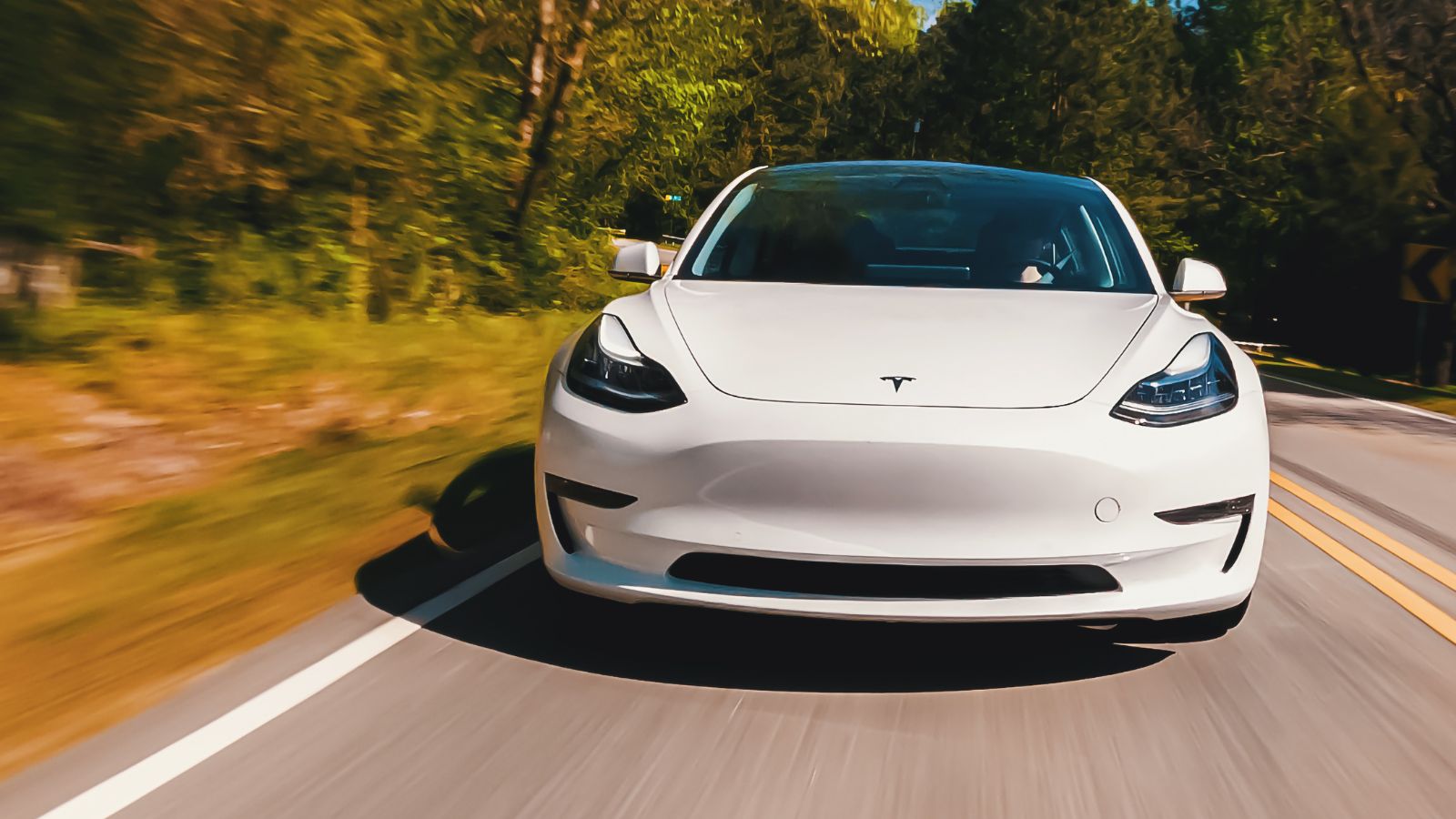
While Tesla reels from computer recalls and reliability issues—Model 3 ranked last in a TÜV inspection in Germany and Austria, with a 23% failure rate on initial inspection in Denmark—owners are also experiencing extended downtime and rising service bills. Service centers are reporting slower repairs due to part scarcity, and even new vehicles are facing delays when replacing critical items. Although Model 3’s American-made content rose to roughly 75%, shielding it somewhat from tariffs, ongoing global supply bottlenecks continue to undermine reliability and maintenance speed, leading to wait times and elevated ownership costs longer.
GMC Sierra
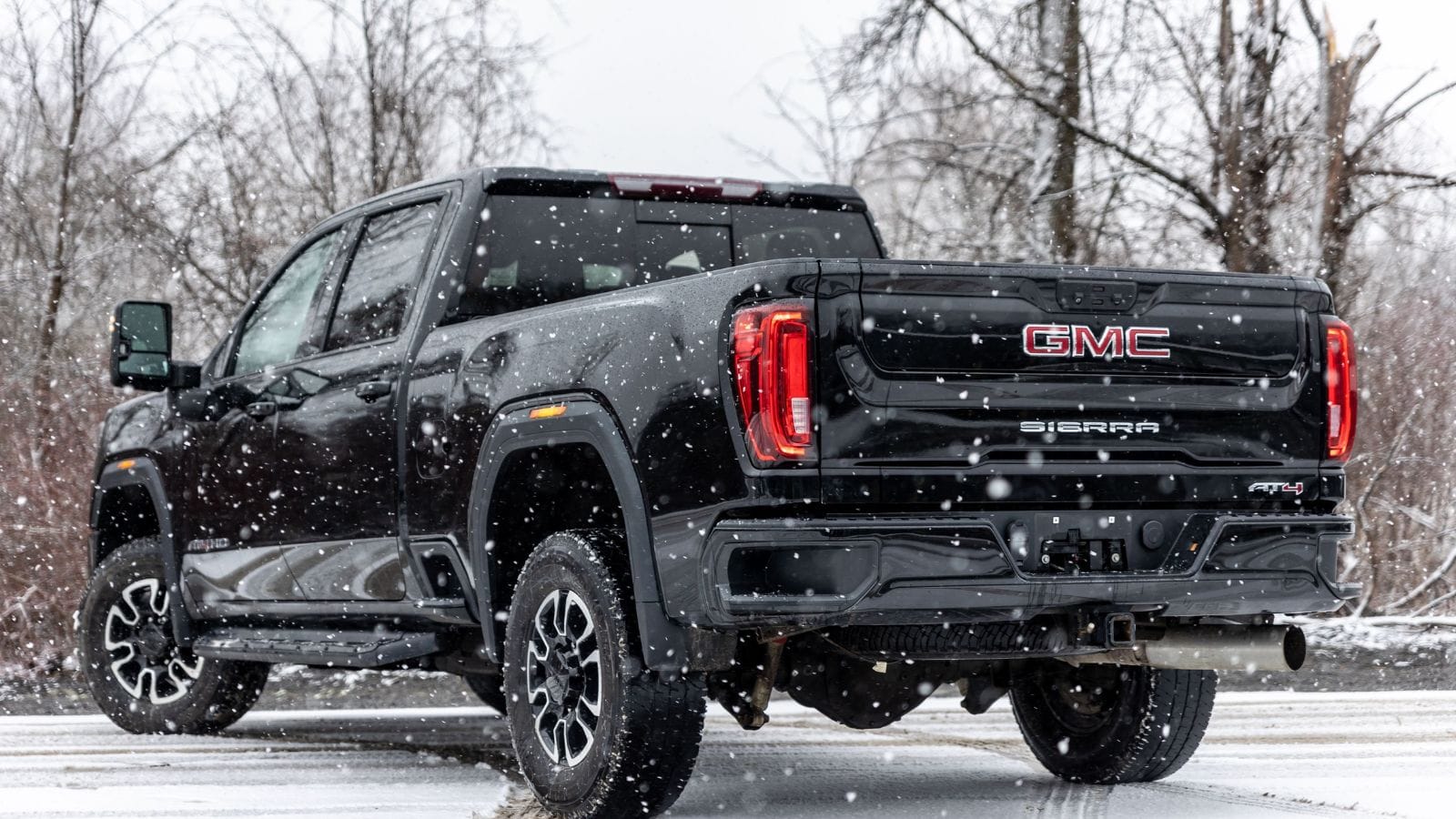
Since April 3, 2025, the U.S. has imposed a broad 25% tariff on imported vehicles and auto parts—including components sourced from Canada and Mexico—which has driven up production costs and strained supply chains. For the GMC Sierra, which is assembled in both the U.S. and Silao, Mexico, this means higher prices and intermittent availability of critical parts, resulting in delays that sometimes cause mechanical issues during servicing. It is safe to say that tariffs have made it harder to maintain fleet reliability.
Mini Cooper
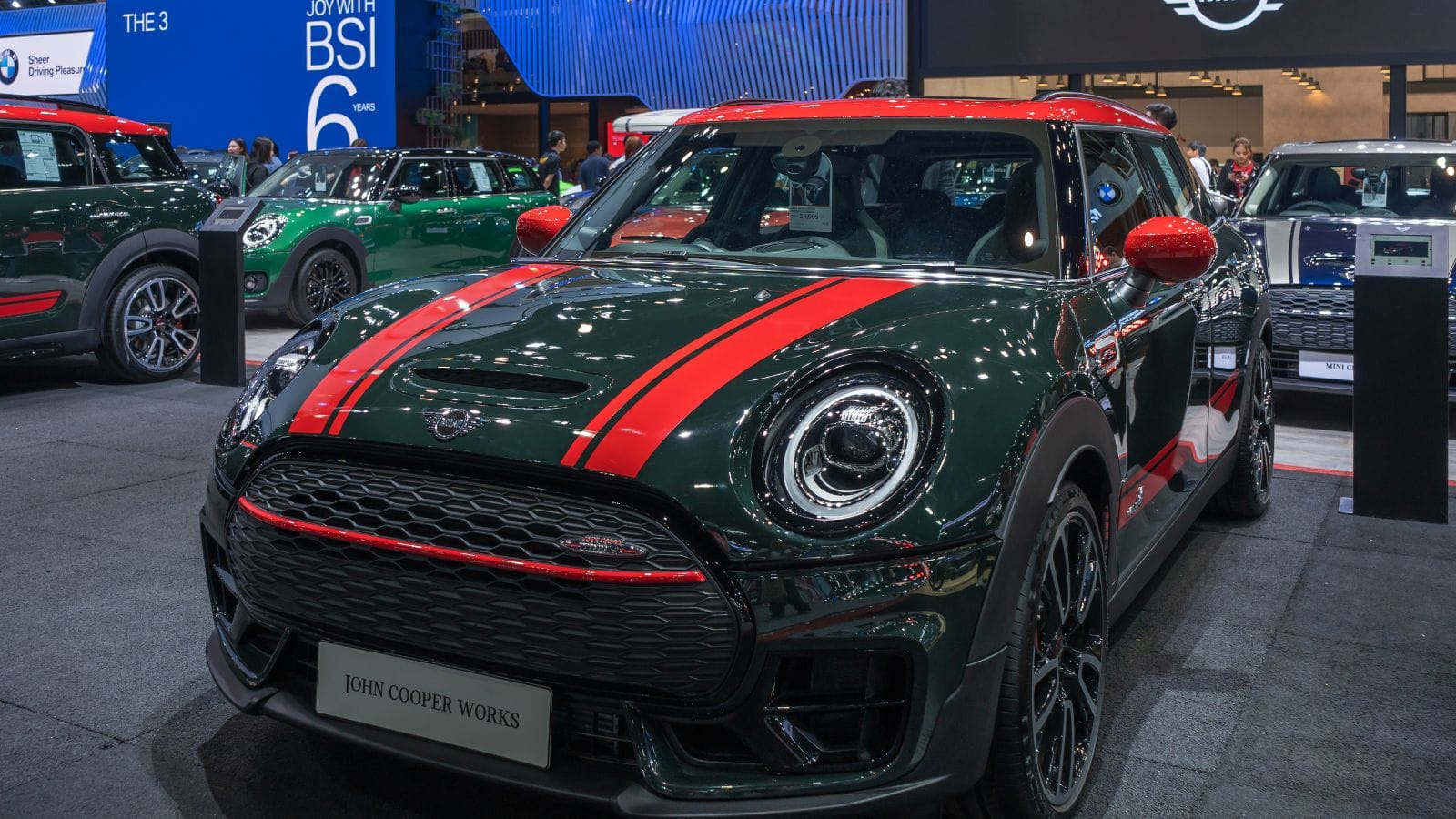
This quirky British-German fusion vehicle is now experiencing erratic part supply for transmissions, ECUs, and even headlight modules. The impact is compounded by the 25% finished-vehicle tariffs that took effect on April 3, squeezing supply further and prompting the UK-based Mini’s Oxford plant to cut agency staffing as demand falters. Altogether, these policy-driven constraints are making Mini Coopers less reliable—not mechanically, but logistically—leading to longer waits, higher maintenance bills, and growing owner frustration.
Lexus RX
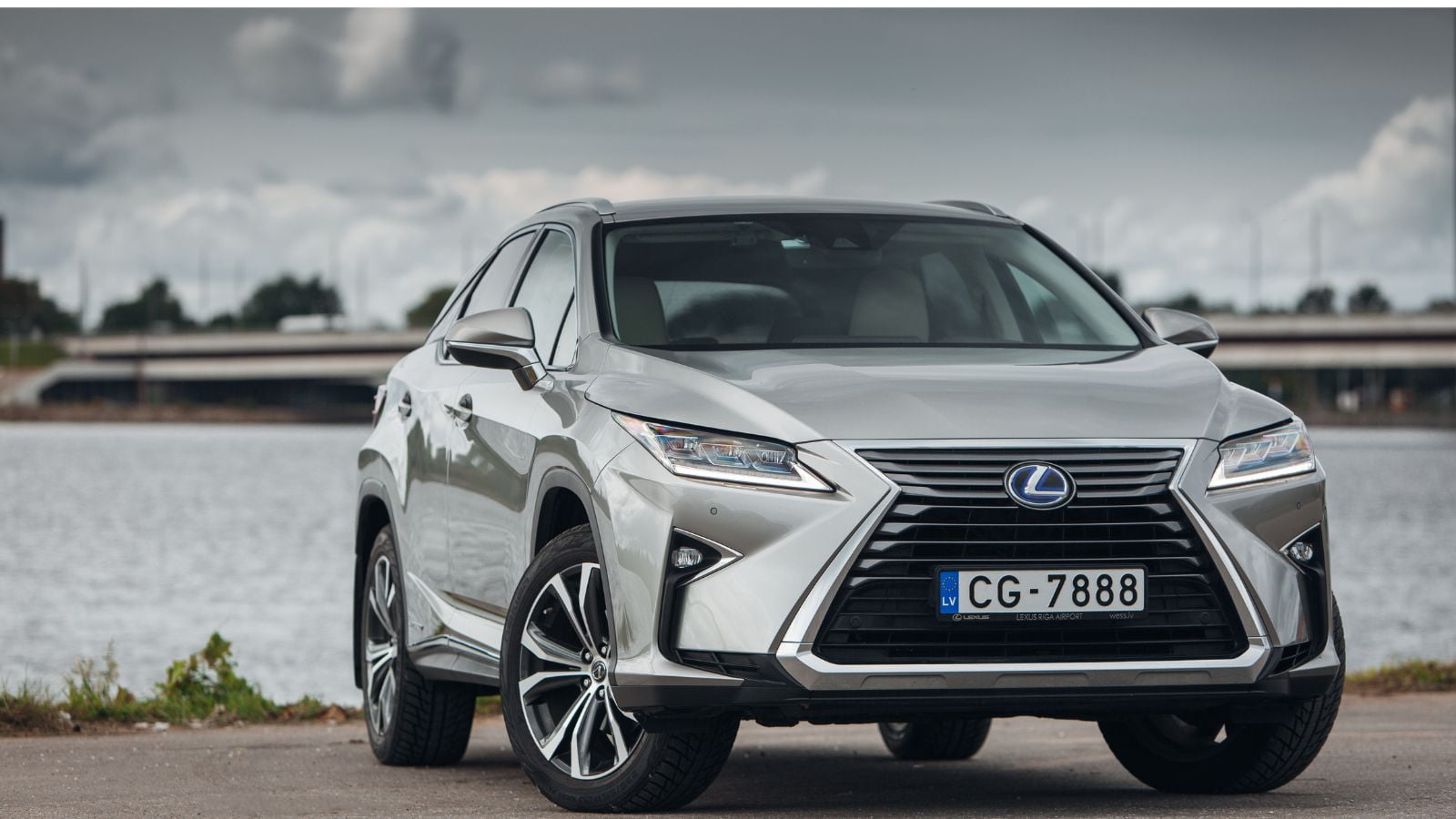
Once known for bulletproof reliability, the RX is now vulnerable to hybrid battery delays and shortages in radar cruise modules. Many parts are sourced from Japan and Southeast Asia, both regions that have been affected by shipping delays and tariffs. Dealership advice highlights that tariffs on imported parts are already being passed on through higher new-vehicle pricing and slower repair times. This trend can lead to longer wait times for service, potentially affecting owner satisfaction and confidence in the model’s day-to-day reliability.
Dodge Durango

This brawny SUV is now seeing delays in powertrain components, particularly for V8 variants. Much of this stems from tariff-slowed imports of precision-machined engine components from Mexico and China. These tariffs specifically target engines, transmissions, powertrain bits, and electronics, likely driving up repair costs and reducing parts availability for domestically assembled vehicles like the Durango, despite its 73% American/Canadian parts content. Industry analysts warn that a sudden influx of demand leads longer to wait times and possible delays in routine maintenance.
Mitsubishi Outlander
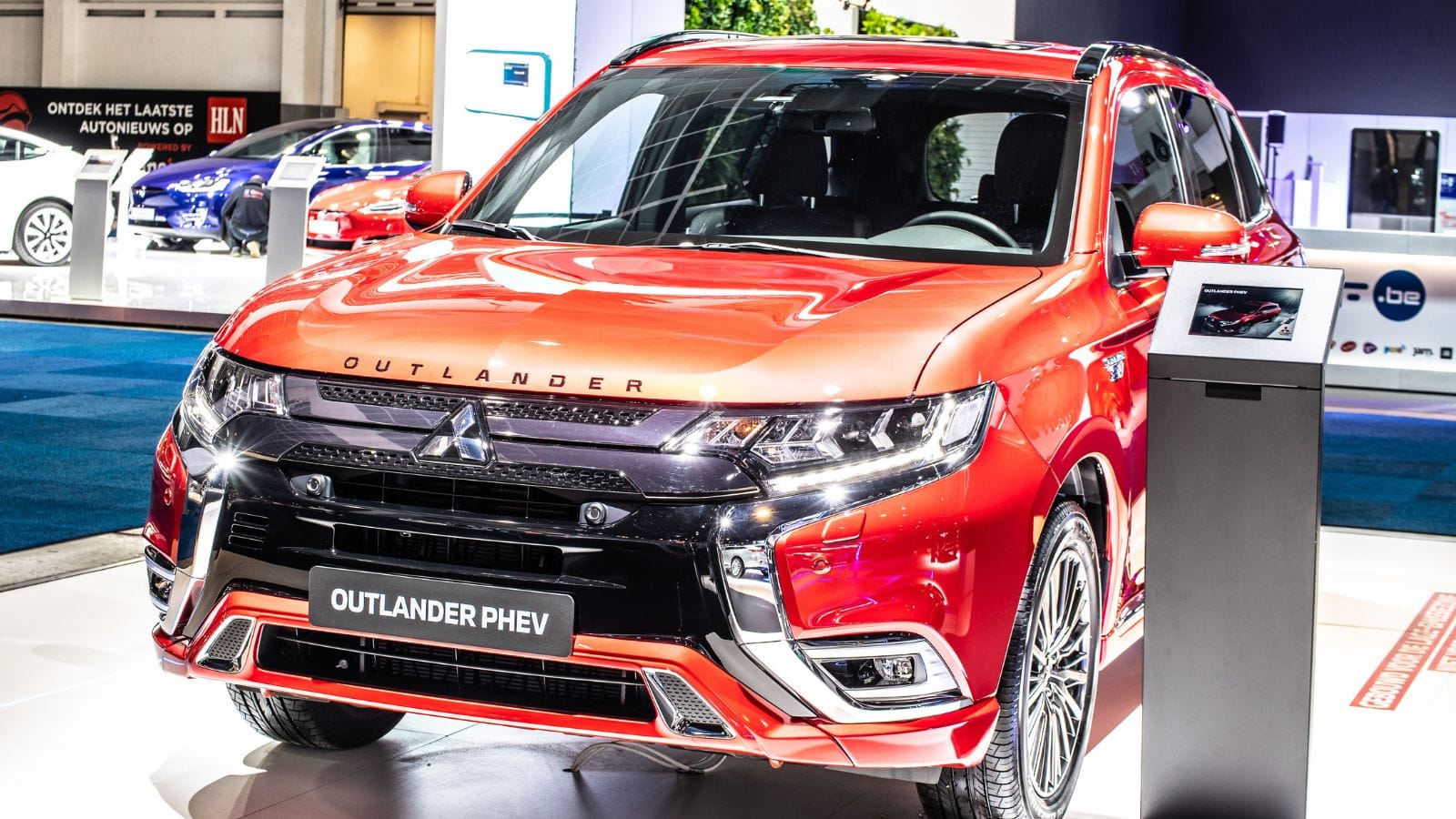
Often seen as a budget-conscious choice, the Outlander is now experiencing delays in accessing transmission control units and safety sensor modules. With fewer suppliers and tight margins, it’s more vulnerable to tariff chaos than most. Additionally, concerns about reliability were compounded by Mitsubishi’s major recall in June 2025, which covered approximately 198,940 Outlander and Outlander PHEV units due to rear-view camera software freeze issues affecting model years 2022 through 2025. These combined factors—shipment delays, part cost inflation, and software-related recalls—signal growing reliability challenges for Outlander owners through 2025.
25 Facts About Car Loans That Most Drivers Don’t Realize

Car loans are one of the most common ways people fund car purchases. Like any other kind of loan, car loans can have certain features that can be regarded as an advantage or a disadvantage to the borrower. Understanding all essential facts about car loans and how they work to ensure that you get the best deal for your financial situation is essential. Here are 25 shocking facts about car loans that most drivers don’t realize:
25 Facts About Car Loans That Most Drivers Don’t Realize
